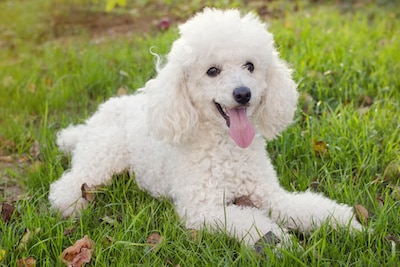Enter your text here…

Enter your text here…

Enter your text here…

Enter your text here…

Enter your text here…

Enter your text here…

Enter your text here…
Enter your text here…

Enter your text here…

Enter your text here…

Enter your text here…

Enter your text here…

Enter your text here…

Enter your text here…